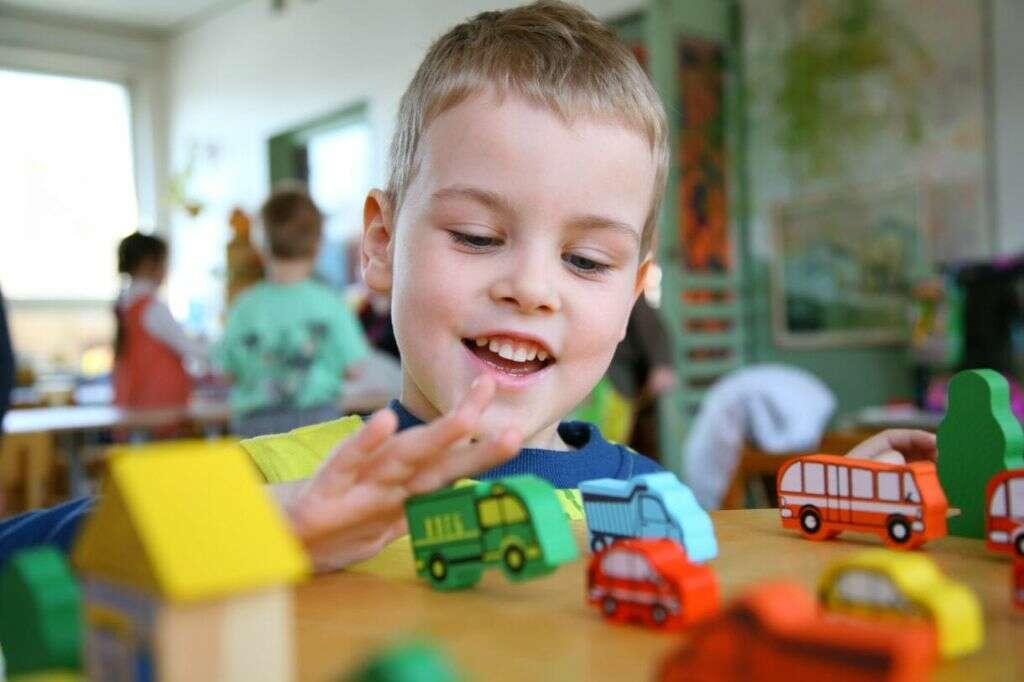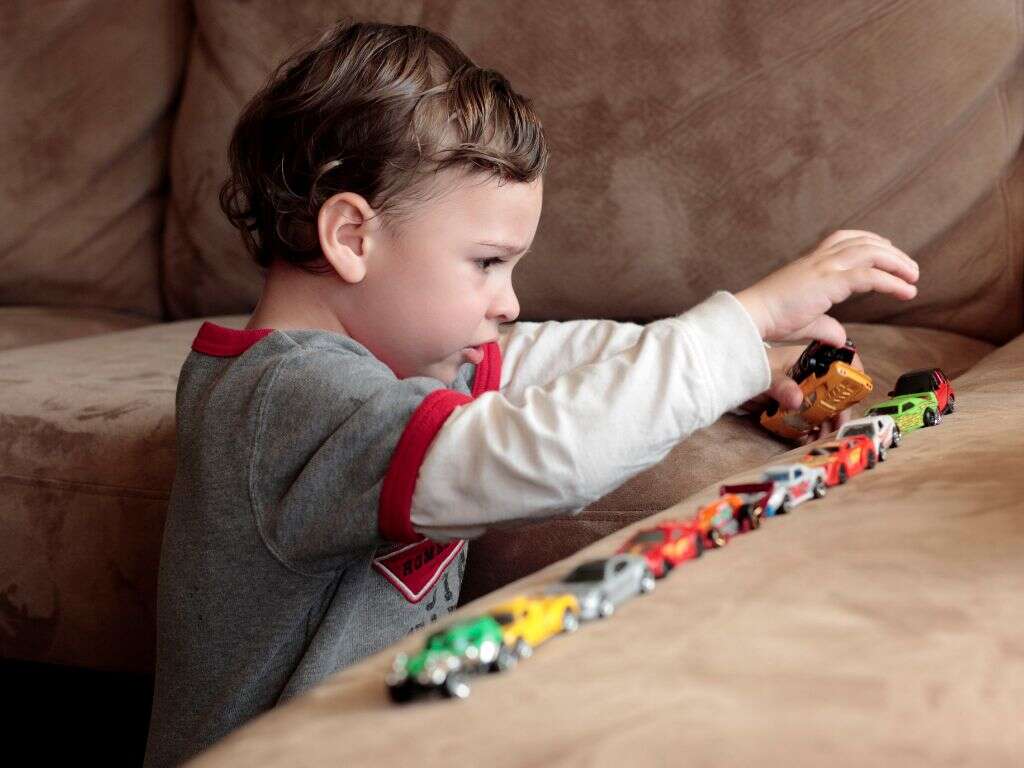10 Signs of Autism
 Article Sources
Article Sources
- 1. Diagnostic and Statistical Manual of Mental Disorders (DSM-5). The American Psychiatry Association (APA) - https://www.psychiatry.org/psychiatrists/practice/dsm
- 2. Data & Statistics on Autism Spectrum Disorder. National Center on Birth Defects and Developmental Disabilities, Center for Disease Control and Prevention (CDC) - https://www.cdc.gov/ncbddd/autism/data.html
Autism spectrum disorder (ASD) is a developmental disorder usually diagnosed during childhood that is characterized by abnormal social interactions, problems communicating with other people, and repetitive behaviors. According to the DSM-5 which is a diagnostic manual for mental disorders, this condition includes the previously known autistic disorder, Asperger’s syndrome, childhood disintegrative disorder, and other developmental disorders not otherwise specified1Diagnostic and Statistical Manual of Mental Disorders (DSM-5). The American Psychiatry Association (APA) - https://www.psychiatry.org/psychiatrists/practice/dsm.
Approximately 1 in 54 children in the US have been diagnosed with autism spectrum disorder2Data & Statistics on Autism Spectrum Disorder. National Center on Birth Defects and Developmental Disabilities, Center for Disease Control and Prevention (CDC) - https://www.cdc.gov/ncbddd/autism/data.html. Additionally, this condition is 4 times more common in males than it is seen in females. Despite the effort to discover what causes this disease, its true cause is still not known.
Autism spectrum disorder is usually diagnosed in children at the age of 2 or even at 18 months. Regardless of the multiple diagnostic criteria for this condition, many patients are not correctly diagnosed until they reach adolescence or even early adulthood. Therefore, in case of any doubt regarding a child’s development, it is important for them to be assessed by a healthcare professional as soon as possible.
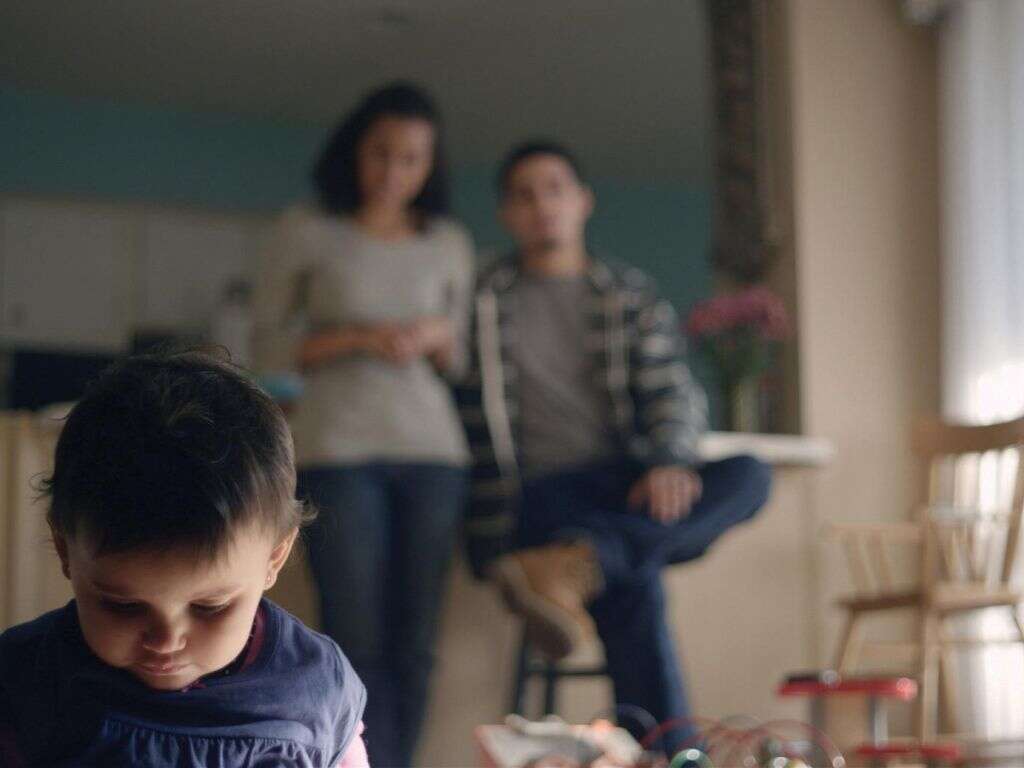
1. Deficits in Social-Emotional Reciprocity
Patients diagnosed with autism spectrum disorder perceive the world in a unique and different way. They might be attracted or amused by things that are not usually considered interesting. Likewise, they might also find things that are usually considered amusing to be boring.
Due to this unique way of perceiving their environment, they may find it difficult to show emotional reciprocity towards other people. Young babies usually smile back to strangers as a normal developmental milestone, this doesn’t necessarily mean that they like that person, it is an evolutionary trait. Children with ASD may lack this reciprocal smile and as they become older this can translate into a lack of empathy towards others.

2. Lack of Eye Contact
Eye contact is a normal component of our non-verbal communication skills. It is a way to signal to the other person that we are paying attention and that we are committed to social interaction. For some people, it might be harder to look another person in the eyes and this might be quite normal. This issue might be related to a lack of confidence and/or nervousness.
On the other hand, patients with autism spectrum disorder are going to avoid eye contact even when talking to relatives or friends. This is not a confidence issue but a developmental trait associated with this condition.

3. Poor Adjustment to Social Context
Understanding social context is something that most people learn over time without even noticing it. The more we interact with others, the more we learn to read certain patterns that help us navigate through our daily social interactions.
Sarcasm is one of those aspects of social interaction that might be difficult for people with ASD to handle. These patients might take everything too literal and may have problems comprehending and reacting to phrases like “break a leg”. This is a key finding in people with Asperger’s syndrome which is considered to be a higher functioning form of ASD.

4. Repetitive Behaviors
Repetitive behaviors are a key diagnostic criterion for autism spectrum disorder (ASD) seen in the DSM-5. It can manifest as repetitive motor actions such as rocking back and forth or even hand-clapping repeatedly. Sometimes these behaviors can be dangerous or cause self-harm. An example of this could be a child that bangs his head against a wall continuously.
Another way that this sign might manifest is in verbal repetitiveness. Patients with an autism spectrum disorder might repeat phrases or words constantly as well.

5. Fixed Routines
People diagnosed with autism spectrum disorder (ASD) are stimulated by things that do not stimulate other people. Due to this fact, they tend to establish a very specific set of routines that are of paramount importance to them. These routines might manifest as organizing things like toys in a certain way or even enumerating objects in the pantry.
No matter what type of routine a patient might develop, something that is almost always present is the adverse reaction towards change. If a person with ASD is not able to complete or perform their routine, as usual, they can become quite irritated and even angry.

6. Fixed Interests
This is a very common finding in patients with autism spectrum disorder but it is also a non-specific sign. Most people will develop an interest in certain things throughout their lifetime. These interests usually change over time and it is not something to be worried about.
The difference observed in people with ASD is that they develop a fixation towards things that are interesting to them. This is not necessarily a bad thing, as it can lead to a professional path or even a hobby. As long as it doesn’t interfere with everyday activities, it is considered healthy. On the other hand, if this fixation becomes an obsession, it may interfere with the normal functioning of the person.

7. Abnormal Response to Sensory Stimuli
Sensory stimuli are perceived differently depending on the person that is experiencing them. Some people might find that they are more easily stimulated by visual rather than auditory stimuli and this is perfectly normal.
Stimuli perception might be different for a person with an autism spectrum disorder. They might find loud noises to be upsetting to them. Sometimes this issue can manifest as an overreaction to a normal stimulus like a doorbell. On the contrary, other patients may underreact to a stimulus that usually would hyper stimulate other people.

8. Issues with Non-verbal Communication
Non-verbal communication is a very important feature of our everyday life. It is quite a helpful tool to set the tone of a conversation, give context to a speech, or to help the person that is listening to react accordingly to the message that is being delivered by the speaker.
The most distinctive sign expressed by a person with ASD associated with this category is definitely the lack of eye contact during conversations. Nevertheless, other signs like not using their hands to point objects relevant to the conversation might also be present. The lack of gestures during a conversation might cause them to have a difficult time expressing their ideas or feelings to others.
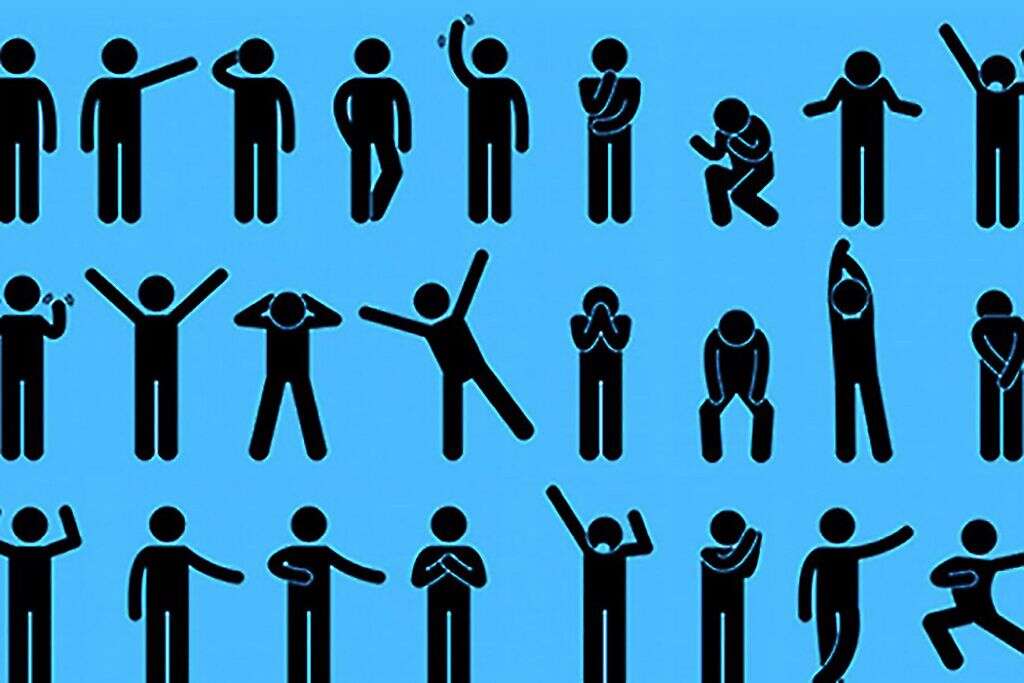
9. Delayed Language
Developmental milestones are guidelines used to assess different aspects of a child’s development compared to other children of the same age. These guidelines are based on statistics and are not always accurate. Usually, a child will start walking around the 1-year mark. This is based upon statistics, so if a child starts walking 1 month earlier or later than that, it usually means nothing.
The same thing applies to language development. The issue with children with ASD is that they might not be stimulated by usual stimuli. Most children will find a hug or smile as a reinforcement, causing them to behave accordingly to receive more stimuli. For children with ASD, a smile or a hug might not work as a reinforcement, therefore language development which is usually learned through reinforcements becomes affected.
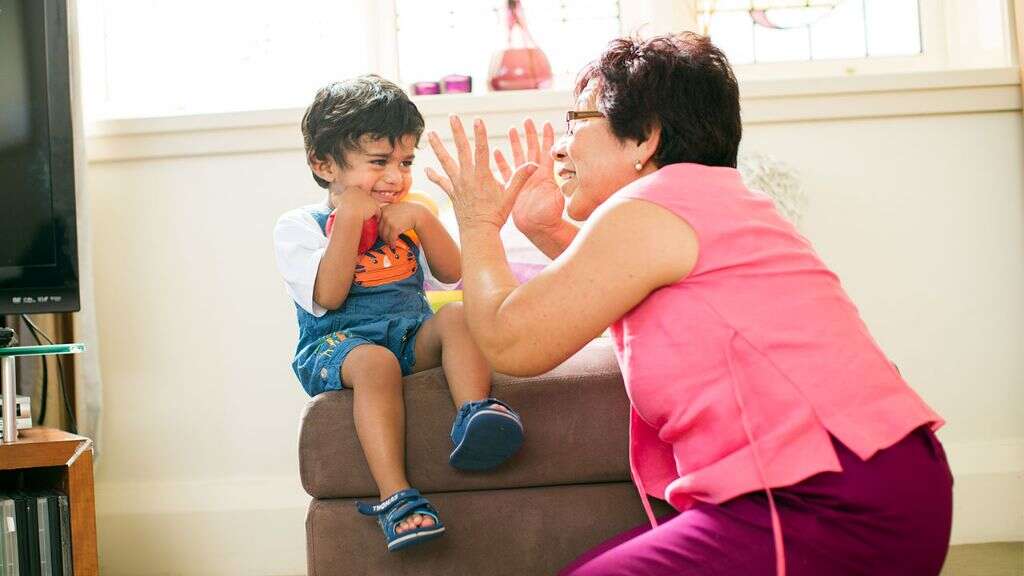
10. Odd Play
According to behavioral science, the way a kid plays is going to change over time according to their social development stage. Before age 1, most kids will play on their own. As they grow older, they will start to look at other kids playing, which is known as “onlooker play”. Eventually, they will play with others as their social development progresses.
Children with autism spectrum disorder will develop a unique pattern regarding playtime. Some children will be more interested in a certain part of the toy rather than actually playing with that toy. An example of that is the kid that instead of playing with a toy car, prefers to spin the wheels on the car and watch them spin till they stop. Another way that this sign might manifest is when children are more interested in lining toys than playing with them functionally. It is important that these signs are assessed by a trained professional before jumping into any conclusions.
